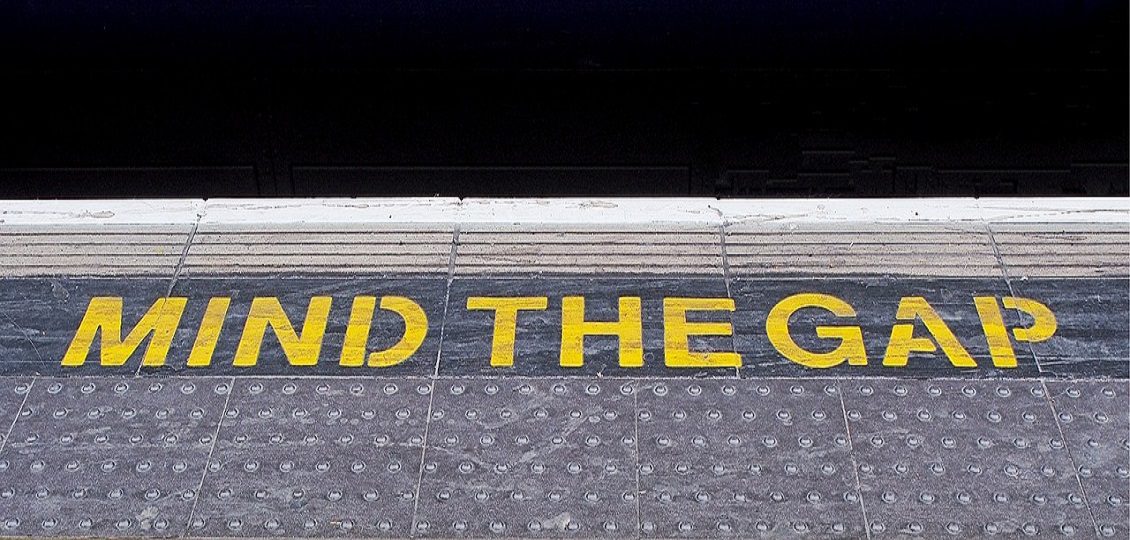By Bill Ryan
During the Great Recession and ever since we have heard about a skills gap in America, which in part is responsible for slow productivity and by extension slow economic growth. There does seem to be evidence of an employment gap. There are currently 6.2 million jobs unfilled, up from 5.6 in 2016; 45% of small businesses can’t find work-ready candidates; and the results of a January 2018 survey of 500 senior executives found that 92% think the candidate pool isn’t as skilled as it needs to be.
There is plenty of finger pointing going on. Some of the principal criticisms include:
The education system is outdated and is poorly adapted to preparing students for a fluid economy, one heavy on technical and math-based skills.
Employers at both the corporate and small business levels are not allocating adequate resources to training and apprenticeship programs leaving workforces skill-deficient.
There is a growing cultural bias against the machine and tool-oriented skills useful in construction, manufacturing, and the trades, discouraging younger workers from selecting those careers.
Increased automation is creating demand for a more technically proficient job candidate than the current labor market can supply.
Old jobs are becoming obsolete while newly created ones are being generated at a pace with which the economy can’t keep up.
Soft skills, such as those which emphasize collaboration, communication, and team work, are not being acquired sufficiently at home, school, and in the community.
Job creation is so brisk and unemployment so low given the robust economy that labor doesn’t have the time or means to adjust.
The problem is unmotivated workers who don’t want to take menial jobs or work the night shift, or who like their drugs more than work, or who are spoiled youngsters used to having everything handed to them.
It’s likely that all these factors play some role in why there are so many unfilled jobs. One would think this is a simple supply and demand problem to remedy. Identify the specific skills needed by most employers and then have the education and training providers upskill students and workers to learn and master the required competencies. But apparently this is not so simple.
What strikes me in the research on this topic is that there are practically no lists of specific skills that are in short supply. We can find the career areas where there are shortages, for example in nursing, industrial technicians, computer network specialists, and so on, but exactly what the elusive skills are appears to be largely a mystery. This suggests to me that there may not be a skills gap at all, but rather a failing in the way individuals are aligned with work for which they are best suited. In other words, there may be a lack of fit between too many workers and employment opportunities.
This lack of fit problem is not new. Over the past century or so it has been a challenge to match increased numbers of workers with burgeoning career options. Indeed, the career development field arose out of a need to address this issue. What is new, perhaps, is the escalating scale and scope of unprecedented numbers of prospective workers and career opportunities. The degree of guidance, counseling, and training by schools, businesses, professional associations, and other stakeholders to better improve aligning available labor with employment demand may need greater attention than has been accessible to date.
If true full employment is to be achieved, and with it the benefits of economic growth and widely spread prosperity, then it seems it is in everyone’s interest to insist on refining the processes whereby workers can access high quality counseling and training to best meet employment scarcity. Government, education, and business could partner more effectively to forge solutions.
The gap we are now facing may be more of shared commitment and engagement rather than of skills.
